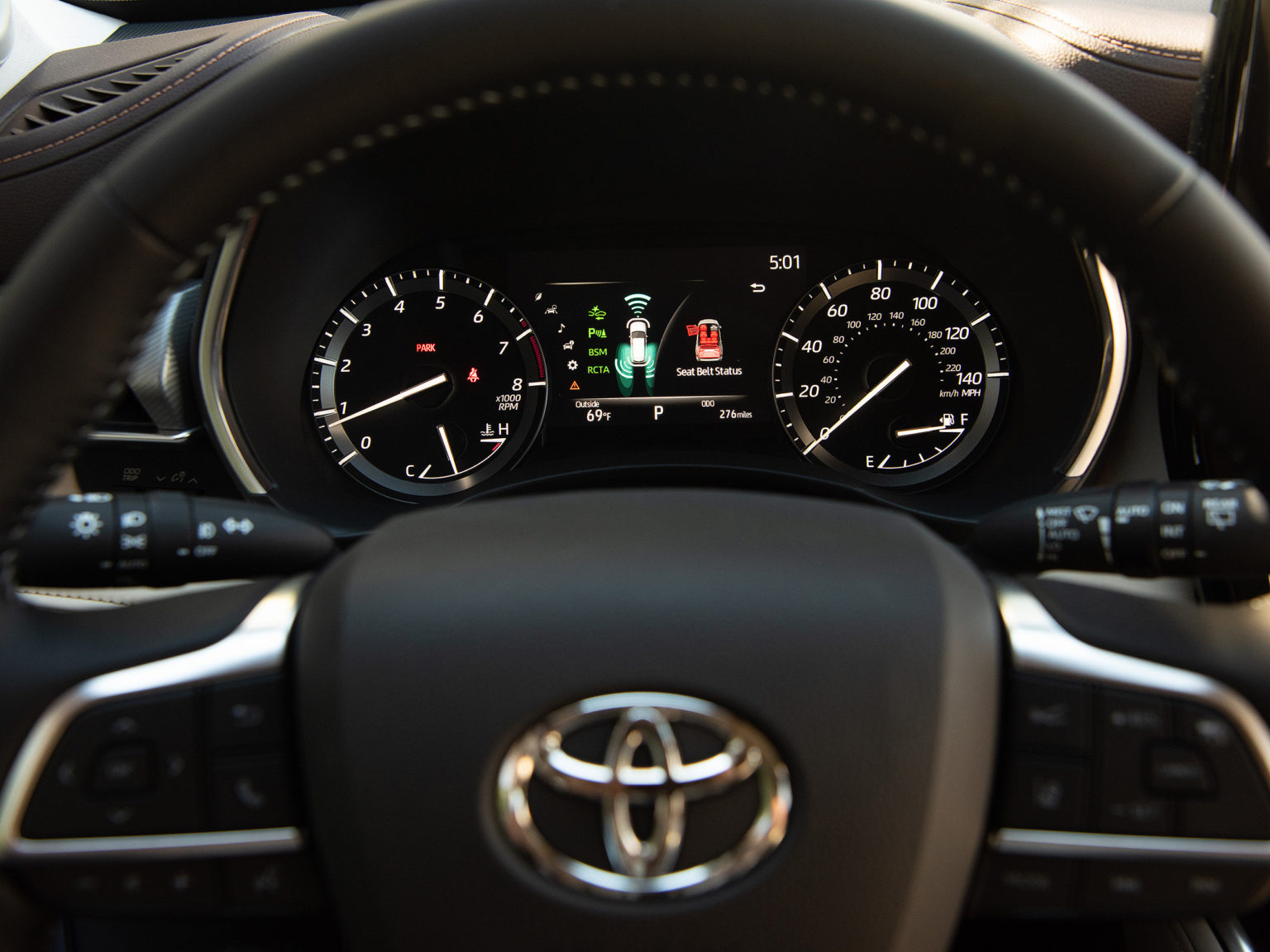The U.S. Department of Transportation’s National Highway Traffic Safety Administration (NHTSA) has made public a list of proposed upgrades to the New Car Assessment Program (NCAP). NCAP testing addresses the crashworthiness of a vehicle as well as the vehicle’s headlight functionality. These new proposed measures go even further, putting driver assistance and safety technology to the test.
Automakers often strive to achieve the highest score possible in NCAP testing, wearing their five-start safety ratings and Top Pick designations as badges of honor in marketing campaigns.
“Thanks in part to NCAP, new vehicles today are much safer than a generation ago,” said NHTSA Deputy Administrator James Owens. “Even so, there are still too many fatalities and serious injuries in crashes every year, so it is critical that vehicles keep getting safer in the future, and a modernized NCAP will better enable American families to select vehicles with the safety features they want.”
The immediate planned update to NCAP testing includes four advanced driver assistance systems (ADAS): lane keeping support, pedestrian automatic emergency braking, blind spot warning, and blind spot intervention. Engineers have designed these four specific technologies to mitigate high-frequency and high-risk crash types.
NHTSA is currently seeking public input on how best to develop a rating system for ADAS technologies.
“These upgrades will make NCAP more dynamic,” Deputy Administrator Owens said. “American car buyers want safety, and NHTSA wants to empower them with comparative safety information about vehicles in the market. This information creates powerful market-based incentives for automakers to invest in advanced safety technologies that will save lives and prevent injuries.”
The NHTSA began testing vehicles in 1978. The first tests examined frontal impact protection and used data from crash test dummies. The five-star safety rating system was established in 1993 and have been steadily increasing the scope of the testing over the last two decades.








